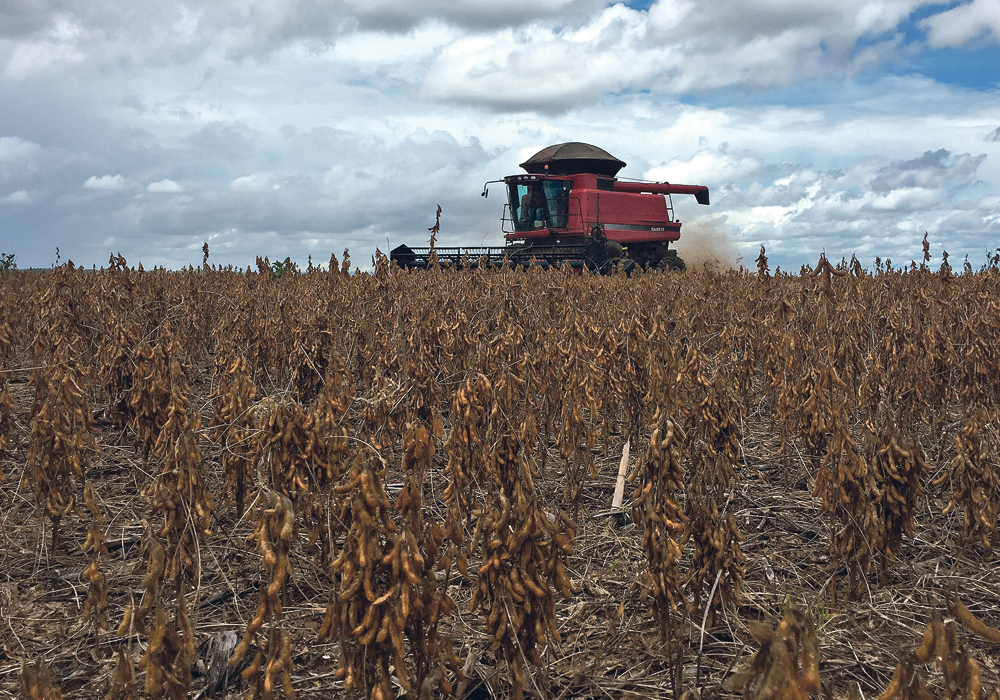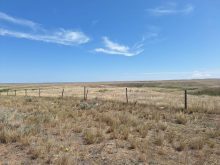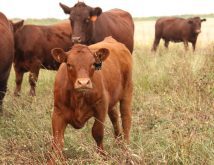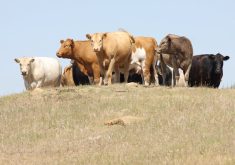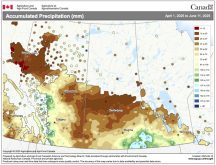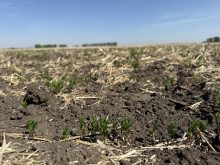South America’s crops could suffer greatly if forecasts for a second consecutive La Nina weather event prove accurate, says an analyst.
The U.S. National Oceanic and Atmospheric Administration says there is a 70 percent chance of having a second La Nina in a row during South America’s summer growing season.
Southern Brazil and Argentina typically receive about 30 percent less rainfall than normal during La Nina years.
Read Also

Farming Smarter receives financial boost from Alberta government for potato research
Farming Smarter near Lethbridge got a boost to its research equipment, thanks to the Alberta government’s increase in funding for research associations.
Argentina’s soybean yields can be slashed by up to 38 percent during a strong La Nina event, said Michael Cordonnier, author of the Soybean and Corn Advisor website and newsletter.
Corn typically performs better than soybeans in Argentina, but corn yields can be severely curtailed in southern Brazil, where about half of the country’s safrinha, or second crop of corn, is grown.
Argentina’s wheat crop that is in the ground could be the first casualty.
Farmers planted about 500,000 acres less wheat than originally intended because it is bone dry.
As well, forecasts are calling for continued dryness when the wheat breaks dormancy in mid-September.
If it remains dry in September and October, it could have a “significant yield drag” on the wheat crop of about 20 percent, said Cordonnier.
On the other hand, wheat is the one crop that can survive if what little rain arrives comes at the right time.
“The joke is you can grow wheat in a sidewalk. It can do pretty good under low rainfall conditions,” he said.
There have been three times in the last 35 years where there have been two consecutive La Nina events: 2008-09, 2011-12 and 2017-18. This could be the fourth.
During all three of those growing seasons Argentina’s corn and soybean yields were abysmal. In 2017-18 corn and soybean production was about 10 to 15 million tonnes below normal for each crop.
Cordonnier said back-to-back La Nina summers could have a profound impact on world corn and soybean markets.
Markets need a record crop of soybeans somewhere in the world every six months, so a crop wreck in Argentina would spark a price rally.
However, he thinks the bigger impact would be on corn markets. La Nina wreaked havoc on Brazil’s safrinha corn crop this year.
Analysts initially thought the country would harvest 110 million tonnes of corn, but Cordonnier is now forecasting 84 million tonnes.
“Everything that could go wrong did go wrong with the safrinha corn,” he said.
Brazil will likely only export 15 to 17 million tonnes of the crop, which is about half of the original forecast.
If production is down again next year, then world corn supplies could get uncomfortably tight.
Growers in Argentina are likely to increase corn plantings by five to 10 percent because they have been having all sorts of problems with soybeans.
There are no laws in the country preventing growers from planting farm-saved seed, which can cause a yield drag. That is not an issue for hybrid corn.
Soybeans also face a 35 percent export tax compared to 12 percent for corn.
“So corn is a little bit more in vogue in Argentina,” said Cordonnier.
As well, corn tends to perform better than soybeans in La Nina droughts with a potential 10 to 15 percent drop in yields compared to more than 30 percent for soybeans.
Farmers in Argentina start planting their soybeans in October and finish in late December for those who are double-cropping after the wheat harvest. Corn is mainly planted in October.
Corn planting begins in September in southern Brazil, but November is the main planting period.
Brazil’s soybean planting starts in September, but it can be pushed back as late as November or December due to dry conditions without impacting yields.
A late start to soybean planting will delay seeding of the safrinha corn crop, and that does have big yield implications as witnessed this year.
“Farmers are going to think twice about how late they want to plant the safrinha corn because this year was just a catastrophe,” said Cordonnier.
Contact sean.pratt@producer.com
For more content related to drought management visit The Dry Times, where you can find a collection of stories from our family of publications as well as links to external resources to support your decisions through these difficult times.




